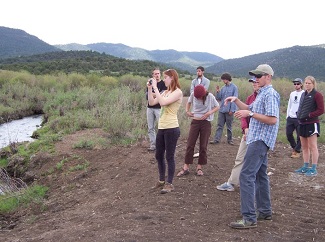Sportsmen and women from the Southwest corner of Colorado continue to be hopeful the Hermosa Creek Watershed Protection Act will soon receive markups in the subcommittees of Congress. In the meantime, Trout Unlimited and our sportsmen partners are doing our part to see this magnificent land protected, forever. In March, the ‘Sportsmen for Hermosa’ worked the campaign and were rewarded. The bill’s Senate sponsor, Senator Bennet, came through Durango and requested a private meeting with the local supporters to discuss the progress. Hunters and anglers, representing the coalition, spent about a half hour chatting with the Senator about the value of protected public lands, Hermosa’s economic input and habitat. Attending were TU, Backcountry Hunters and Anglers, Duranglers, American Rivers, Conservation Colorado, Waterfall Ranch Outfitters, Gardenswartz and Rep. Tipton’s local staffer. The Hermosa bill is a priority for the Senator and we’re grateful.
One of this campaign’s most important partners, Backcountry Hunters and Anglers, hosted their national Rendezvous in Denver. Hermosa was a major topic of discussion all weekend. Rep. Tipton attended a small, private breakfast and spoke candidly about Hermosa and his efforts to see it enacted. Several ‘Sportsmen for Hermosa’ partner organizations were represented, including TU, BHA, Theodore Roosevelt Conservation Partnership, Bull Moose Sportsmen and Nat’l Wildlife Federation. The coalition thanked the Congressman for his work and leadership on Hermosa. Additionally, Senator Udall was the keynote speaker Saturday night and mentioned Hermosa numerous times. Several new sportsmen supporters joined the coalition, including some notables such as Dvorak Expeditions, Anglers Covey, Dragonfly Anglers, CO Wildlife Federation and Rep Your Water. We’re grateful for their voice.
It’s an arduous journey for a bill, as School House Rock taught us, but when sportsmen and women stand unified for a special place, good things happen for trout and public lands. You can follow the progress and lend your support on Facebook at ‘Sportsmen for Hermosa.'
--- Ty Churchwell, Sportsmen's Conservation Project, tchurchwell@tu.org










